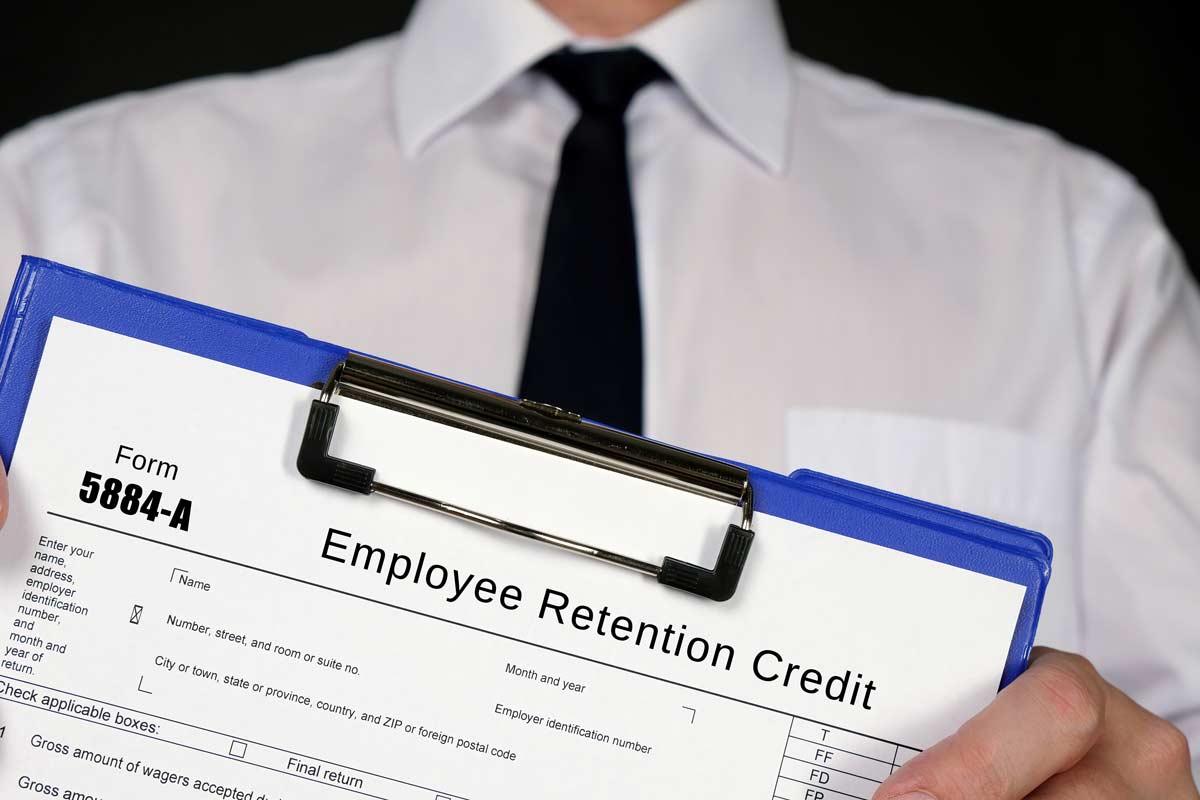The employee retention credit (ERC) has been getting a lot of press – and generating a lot of questions. Here is a summary.
Background of ERC
Under the Coronavirus Aid, Relief, and Economic Security (CARES) Act, the ERC was included as a refundable tax credit against payroll taxes. This credit is equal to 50% of the qualified wages an eligible employer paid to employees after March 12, 2020, and before January 1, 2021. Businesses, including cooperatives, that took out Paycheck Protection Program (PPP) loans could not originally participate in this program, so the employer benefit was severely limited.
However, legislation which was signed into law late last year included significant changes to certain payroll tax credits. These changes, especially to the ERC, are targeted at those businesses that have experienced declines in revenue or have been “shut down” due to state and local mandates. Additionally, and importantly, these changes now allow businesses that received PPP loans to claim this payroll tax credit, if certain criteria are met.
What is the potential advantage?
For 2020, the ERC is 50% of the qualified wages paid to the employee plus the cost of health benefits provided to the employee, capped at $10,000 of wages and a credit of $5,000 per employee.
For 2021, the ERC is 70% of the qualified wages paid to the employee plus the cost of health benefits provided to the employee, capped at $10,000 of wages and a credit of $7,000 per employee per quarter (1Q + 2Q). The total credit could be $14,000 per employee.
How do you know if you qualify?
For 2020, your business operations must be either fully or partially suspended by a COVID-19 governmental authority shutdown (mandate) for any quarter in 2020 OR gross receipts are less than 50% of gross receipts for the same quarter in 2019.
For 2021, your business operations must be either fully or partially suspended by a COVID-19 governmental authority shutdown (mandate) for any quarter in 2021 OR gross receipts are less than 80% of gross receipts for the same quarter in 2019.
-and-
You meet the criteria for the maximum number of working employees (less than 100 FTE for 2020 and less than 500 FTE for 2021). Note – this criteria is based upon 2019 FTEs.
How to take advantage of the ERC
For 2020, it is possible to correct payroll tax reporting by reporting qualified wages and health insurance costs on an amended 4th quarter Form 941 (it is not necessary to amend prior quarters). We can assist with the calculation of this credit. This information can be used by your payroll provider to amend your 4th quarter Form 941.
For 2021, you will need to track qualified wages and health insurance costs in your payroll, so you can claim the ERC tax credits in the 1st and 2nd quarters of 2021. If you use an outsourced payroll provider, make sure they are made aware and are tracking all qualified wages as incurred. Again, we can assist with the calculation of this credit, to assure you are receiving the correct amount. This information can be used by your payroll provider to properly file Form 941 for each quarter.
Other resources you might find useful:
Recorded webinar – Employee Retention Credit and Stimulus Bill Overview
How can Wegner CPAs assist you?
In addition to assisting with the calculation of the ERC, we may be able to assist you with the preparation of your PPP forgiveness package.
If you have additional question or would like to discuss further, please let us know – we are here to assist you.
Stay tuned
Join our email list to receive future updates as they are available.





